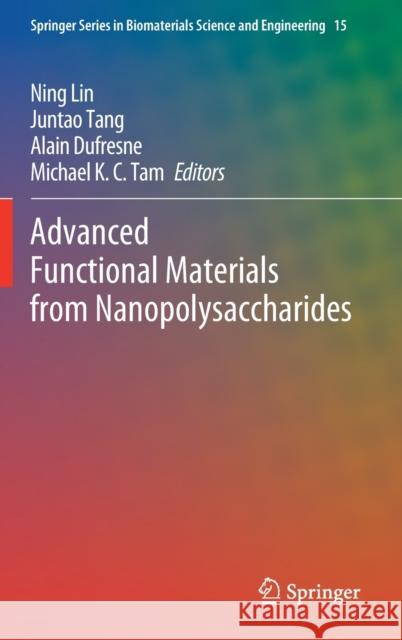Advanced Functional Materials from Nanopolysaccharides » książka
topmenu
Advanced Functional Materials from Nanopolysaccharides
ISBN-13: 9789811509124 / Angielski / Twarda / 2019 / 414 str.
Advanced Functional Materials from Nanopolysaccharides
ISBN-13: 9789811509124 / Angielski / Twarda / 2019 / 414 str.
cena 605,23
(netto: 576,41 VAT: 5%)
Najniższa cena z 30 dni: 578,30
(netto: 576,41 VAT: 5%)
Najniższa cena z 30 dni: 578,30
Termin realizacji zamówienia:
ok. 22 dni roboczych.
ok. 22 dni roboczych.
Darmowa dostawa!
Kategorie:
Kategorie BISAC:
Wydawca:
Springer
Seria wydawnicza:
Język:
Angielski
ISBN-13:
9789811509124
Rok wydania:
2019
Wydanie:
2019
Numer serii:
000904281
Ilość stron:
414
Waga:
0.79 kg
Wymiary:
23.39 x 15.6 x 2.54
Oprawa:
Twarda
Wolumenów:
01
Dodatkowe informacje:
Wydanie ilustrowane











